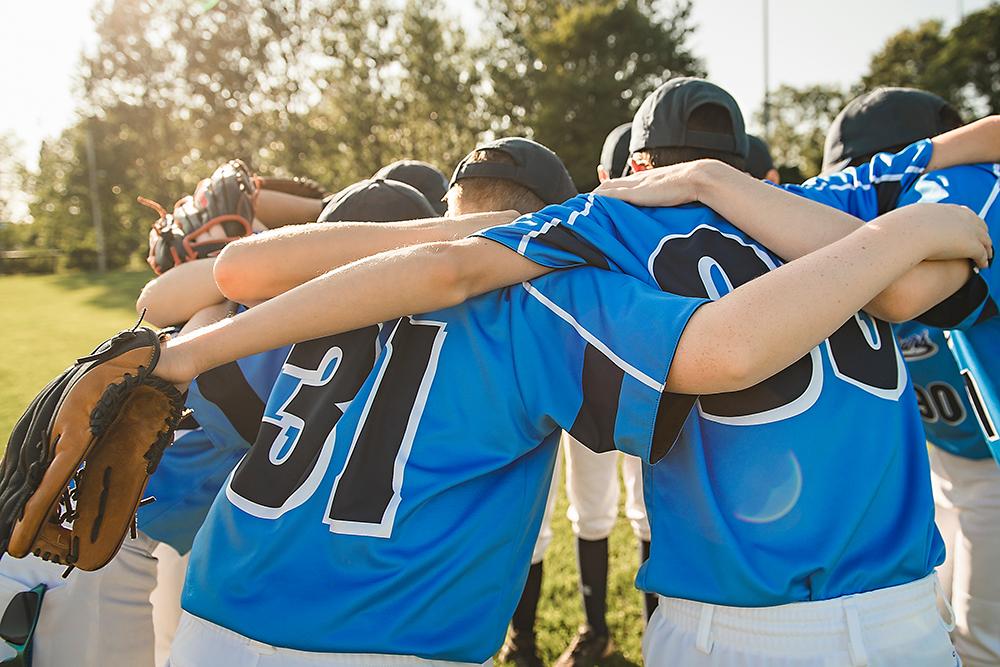 Coaches and parents focus heavily on helping their athletes learn the skills for their sport. But often overlooked is teaching athletes just how they can reinforce and steadily improve these skills by setting SMART goals.
Coaches and parents focus heavily on helping their athletes learn the skills for their sport. But often overlooked is teaching athletes just how they can reinforce and steadily improve these skills by setting SMART goals.
Setting goals with your youth athlete is not only important in improving your athlete’s sport performance, but is a life skill that will benefit them greatly off the court or field.
Goal-setting helps athletes to understand their current level of skill, achievements, and ability to progress. Establishing goals may seem simple, but to do so effectively requires an understanding of the different types and how to set, monitor, and accomplish them.
Goal-Setting Meetings
Prior to setting personal goals, have your athletes list their personal strengths and weaknesses.
Next, have one-on-one meetings to discuss this list and then set goals that will help convert the weaknesses into strengths. Try having these meetings after the initial few weeks of practice or the season, which will allow players to better establish their roles and become familiar with their abilities, the system, and expectations.
A good set of goals contain several short-term ones that support larger long-term ones. An example for a basketball player could look like:
- Short-term goal: Shoot 200 extra free throws a week and record them
- Short-term goal: Visualize shooting perfect free throws each night before bed
- Short-term goal: Shoot 10 free throws each practice with eyes closed to improve muscle memory
- Long-term goal: Improve free throw percentage to 75% for the season
Before or during these individual meetings, ask athletes to write their goals and share them. Discuss the goals, and once agreed upon, make copies for both of you to have. Encourage the athlete to display these goals in their locker or at home where they can be seen regularly, as goals that are visible are more likely to be attained.
Checking In With Your Athletes’ Goals
It’s important at various points in the season to remind players to review their goals. Some seasons allow more time than others for one-on-one meetings. These meetings not only allow athletes an opportunity to revise their goals as needed, but also to re-examine their strengths and weaknesses or address any issues.
The end-of-season meetings are probably the most important, but can also be the most challenging to fit in. Even so, all the work spent on goals throughout the season is pointless if there is no follow up at the end of the season. If time is limited, still try to have at least a quick conversation with each player to ask if they believe they met their goals for the year. This is also a great time to discuss areas of improvement and things they could work on in the off-season.
Setting Team Goals
Team goals can be set using a similar process as with personal goals, but should be established by the team with everyone present.
Before setting team goals, have a discussion that covers the results from the previous season, roster changes, this season’s schedule, and the team’s strengths and weaknesses. Then, work together to establish team goals that are SMART (specific, measurable, achievable, realistic, and timely).
Just like with individual goals, it’s important to regularly check on the team’s progress toward their goals and make adjustments where necessary. Be sure to remind the team that goals are not etched in stone and should be designed knowing that changing them is sometimes necessary and not considered ‘failure’.




